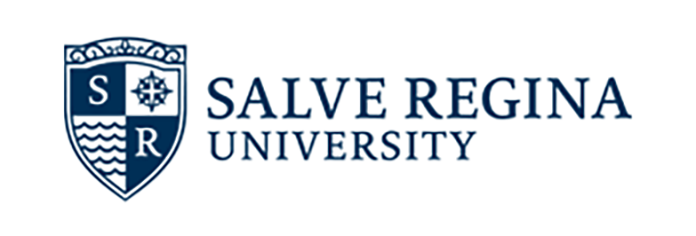Macrocosm and microcosm: The emergent sacred in the work of Thomas Berry and C. G. Jung
Abstract
This dissertation explains Thomas Berry and Brian Swimme's cosmological enterprise as proposed in The Universe Story: The Universe as the primary revelation of the sacred and seeks to connect it to C.G. Jung's theory of individuation. This dissertation examines Berry's proposal for a new viable myth, and asks whether Berry's intention can be strengthened by contemplating and integrating it with Jung's understanding of the conscious coming to know the unconscious. This dissertation explores the possibility that Berry and Jung, each through their individual body of work, are bringing into consciousness a context for humanity's new myth for our time, a new cosmology. The works of these two scholars complement the notion that the individual, and the universe as a whole, mirror each other, in their innate longing for emergence of sacred revelation in every being, both Microcosmic and Macrocosmic in the vastness of the universe. A paradigm shift, in a Kuhnian sense, may be occurring in our time that requires greater consciousness of humans' relationship with and in the universe; Berry is attempting to guide humanity toward this re-educated view. This new paradigm shift relies on Thomas Kuhn's idea that a new conceptual scheme appears in order to create and communicate language that will make comprehensible the emergence of new scientific theory. This dissertation marshals suggestive background support for the process of such a paradigm shift by examining the deep wonderings of selected Western philosophers, poets, and scientists, (Martin Heidegger, Friedrich Hölderlin, Werner Heisenberg, et al.) who personally challenge the question of technological advancement and its effect on Being. Their inquiry into the Western understanding of technology seems to portray a general zeitgeist shift, or New Story. The science of emergence and its dynamic sense of something new and different arising at the edge of chaos is explored and linked to the Jungian symbol of the mandorla as an apt image for the overlap that may be created from Jung's Microcosmic view of individuation with Berry's Macrocosmic vision of the Universe Story.
Subject Area
Religion|Philosophy|Psychology|Philosophy
Recommended Citation
McKnight, Sarah M, "Macrocosm and microcosm: The emergent sacred in the work of Thomas Berry and C. G. Jung" (2006). Doctoral Dissertations. AAI3229858.
https://digitalcommons.salve.edu/dissertations/AAI3229858
Off-Campus Salve Regina University Users:
To access this dissertation, please log in to our
proxy server.


